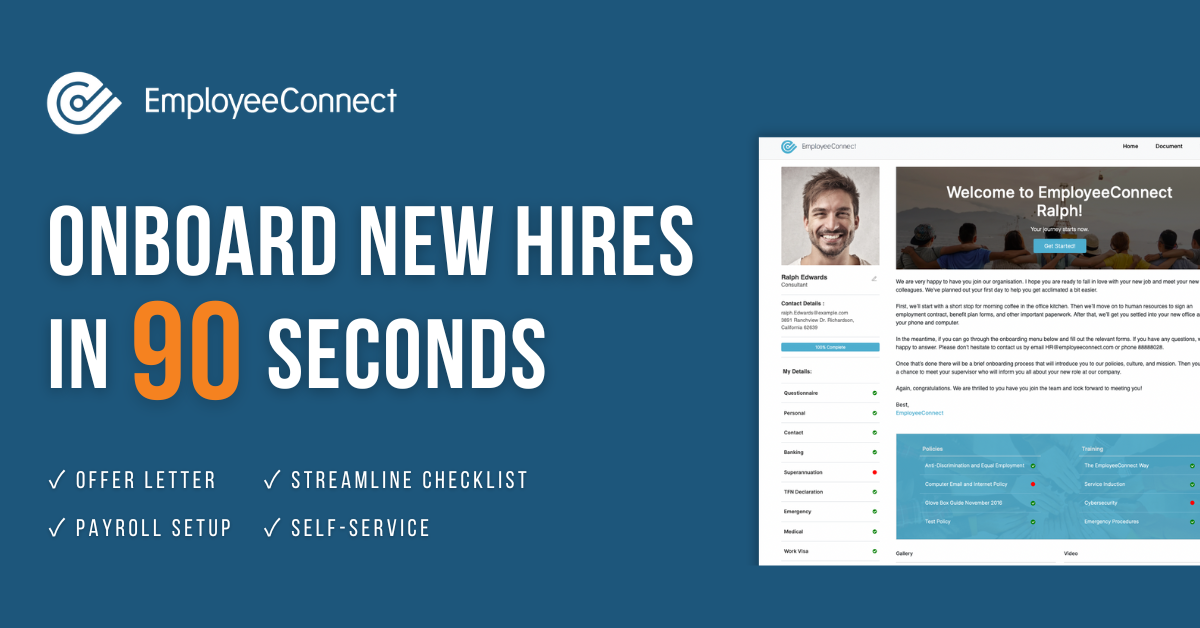
What You Need To Know About Employee Turnover
Employee turnover is the number of employees who exit an organisation and are eventually replaced by new employees. Employee retention, on the other hand, indicates the rate at which organisations successfully manage to keep employees from leaving.
Employee turnover is a challenge that needs to be continually monitored & addressed as it has both direct and indirect effects. A small amount of turnover cannot be avoided.
In fact, a low turnover rate is healthy, as it leaves supports a net movement of new minds and new ideas. Furthermore, you cannot expect an employee to remain with you forever. But if your company has high staff turnover meaning you need to carefully analyse the underlying problem.
Factors to Consider when Calculating Staff Turnover Costs
Unfortunately, employee turnover costs are not always that clear. There are several ways in which you can evaluate the cost of turnover. Some of the costs to consider include:
- Recruitment costs such as scheduling interviews, conducting technical tests, and job posting
- Employee onboarding costs, as new hires are not considered to be fully productive for the first x months
- Training costs
- Time loss of other productive employees while helping the newbies with questions at work
How to Calculate Employee Turnover Rate
The annual turnover rate measures the pace at which employees leave a company and are replaced by new hires. It is typically expressed as a percentage of a company’s entire workforce. High staff turnover rate can be a sign of a variety of problems, including unfavourable working conditions, a lack of job satisfaction, or insufficient pay. In addition, a business may have to spend money on hiring and training new personnel, which adds to the expense.
Let’s assume you are an organisation with 200 employees. Throughout the year 30 employees leave your organisation. This would leave you with 170 employees and the need to fill the gap with new employees, which in this case would be 25. With this, your turnover rate will be at 15%.
A crucial question at this point is that whether this percentage of turnover is good or bad. Well, there is no fixed reply to this question! The average number of employees leaving the organisation is not just that matters; what matters is who those employees are. If in case 15% of your top performers and executives leave an organization, then it is indeed a matter of concern for you.
On the other hand, if 15% of your low performers are leaving, then you can consider it as a positive sign, as it will make room for new and better talent to come in. As per Gallop, the ideal rate of employee turnover would be 10%, and that 10% should most ideally be the low performers.
Types of Employee Turnover
There are various forms of employee turnover, including:
Voluntary turnover: Employees that opt to quit the organisation, whether it’s for a new employment opportunity or personal reasons, are said to have had voluntary turnover.
Involuntary turnover: When workers are fired or laid off by their employers, this is referred to as involuntary turnover.
Functional turnover: When employees leave a company for work-related reasons, such as a lack of career chances or unfavourable working circumstances, this is known as functional turnover.
Dysfunctional turnover: Employees leaving the organisation for reasons unrelated to their jobs, such as personal matters or health issues, result in dysfunctional turnover.
Replacement turnover: When an employee leaves and is replaced by a new hiring, this is known as replacement turnover.
External turnover: External turnover is what happens when workers leave one company to work for another.
Internal turnover: Internal turnover happens when workers depart to take up a different position inside the same business.
Reasons Behind Employee Turnover
There are many factors contributing towards staff turnover, but if you combine all these factors together, you can label it as ‘employee disengagement‘. There two most important factors contributing to this include issues during hiring stage and bad management.
Issues at the hiring stage
As per the RainMaker Group, 80% of employees who left is due to issues at the hiring stage itself. That’s why it is extremely important to ensure that you have an effective hiring process updated with latest technologies. Along with this, you must also pay attention to factors such as being a cultural fit and company alignment along with experience.
Bad Management
Another crucial factor contributing towards staff turnover is bad management. It is a proven fact that 90% of people leave not because of their job; they quit their managers.
Tips to Reduce Employee Turnover
Poor working environments can result in high employee turnover in business, which can negatively influence inventory turnover rates and lower net profit and gross profit for a company. Managing employee turnover is essential for business owners to keep a steady workforce, boost net sales, and ensure the efficient use of human resources.
Focusing on employee engagement and employee growth will indeed reward you with reduced employee turnover. Let’s dividing the number and take a look at a few tips that you can use to bring down your employee turnover rate.
1. Enhancing your hiring process
Since the hiring process is where it all begins, you need to ensure it’s effective. Ensure your hiring process addresses cultural fit, aligns the candidate with your organisation’s mission, and considers the values of a candidate apart from his or her skill set or prior experience in the domain. While it may take some time to get the hiring process right, yet it is better to do it right the first time instead of doing it over and over again.
2. Enhance your employee on-boarding process
You will be surprised to know that around 20% of employee turnover usually takes place within the first 45 days of hiring, and most of it is owing to improper onboarding process. Hence, you need to set the right expectations, make the new employees feel at home, gather feedback, and touch base with them at regular intervals.
3. Offer appropriate training to your managers
Whenever you hire a manager or promote an individual to a managerial position, you must look out for a streak of personality and leadership mindset apart from their skill set. One of the good ways to ensure that your selected individual turns out to be a successful team lead is to offer them appropriate training. Certain traits such as empathy and emotional intelligence cannot be taught; however, consider these traits at the time of hiring.
4. Provide opportunities for growth
When you provide your employees with opportunities for their personal growth and career development, they are likely to be much more productive and feel motivated to continue to learn and improve. When you provide them with scope for professional development, it ensures them that you are investing in their future and in turn increases their motivation to remain with your organisation.
5. Remember to recognise your employees
Research data has corroborated the fact that organisations which have a rich culture of employee recognition have 31% of lower turnover rates. Hence it is imperative that you should recognise your employees from time to time and have the means of rewarding them for their accomplishments.
6. Encourage work-life balance
One of the ways to keep your employees happy, healthy, and productive is to help them maintain a work-life balance. This helps to reduce their stress levels and helps to keep a positive outlook at work. You should ensure not to overwork your team, avoid reaching out to them over the weekends and offer them perks such as gym membership, etc to display that you care about their overall (physical and mental) well-being.
7. Gather regular feedback
Make it a practice to gather regular feedback from your employees. By doing so, you will be able to act instantly on their issues and concerns.


